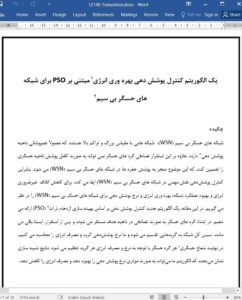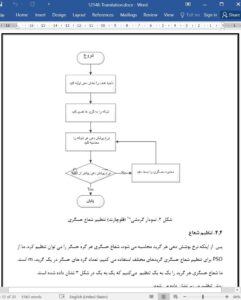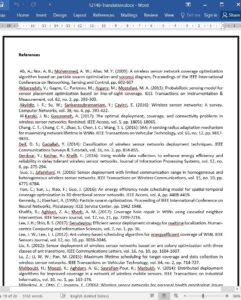Abstract
Wireless Sensor Networks (WSNs) are large-scale and high-density networks that typically have coverage area overlap. In addition, a random deployment of sensor nodes cannot fully guarantee coverage of the sensing area, which leads to coverage holes in WSNs. Thus, coverage control plays an important role in WSNs. To alleviate unnecessary energy wastage and improve network performance, we consider both energy efficiency and coverage rate for WSNs. In this paper, we present a novel coverage control algorithm based on Particle Swarm Optimization (PSO). Firstly, the sensor nodes are randomly deployed in a target area and remain static after deployment. Then, the whole network is partitioned into grids, and we calculate each grid’s coverage rate and energy consumption. Finally, each sensor nodes’ sensing radius is adjusted according to the coverage rate and energy consumption of each grid. Simulation results show that our algorithm can effectively improve coverage rate and reduce energy consumption.
Introduction
Wireless sensor networks (WSNs) have received significant research attention in recent years, due to their characteristic of low cost and highly adaptive nature [Akyildiz, Su, Sankarasubramaniam et al. (2016)]. WSNs can be adapted for numerous applications, such as target tracking, disaster warning, and wearable devices [Milenkovi, Otto and Jovanov (2006)], etc. We can foresee that a WSN has broad application prospects in the future, which can greatly impact lives. Meanwhile, there are still numerous research aspects remaining to be explored in WSN applications, including localization, data aggregation, data transmission and energy efficiency [Wang (2017); Yang (2018); Singh (2018); Soni (2018)].











